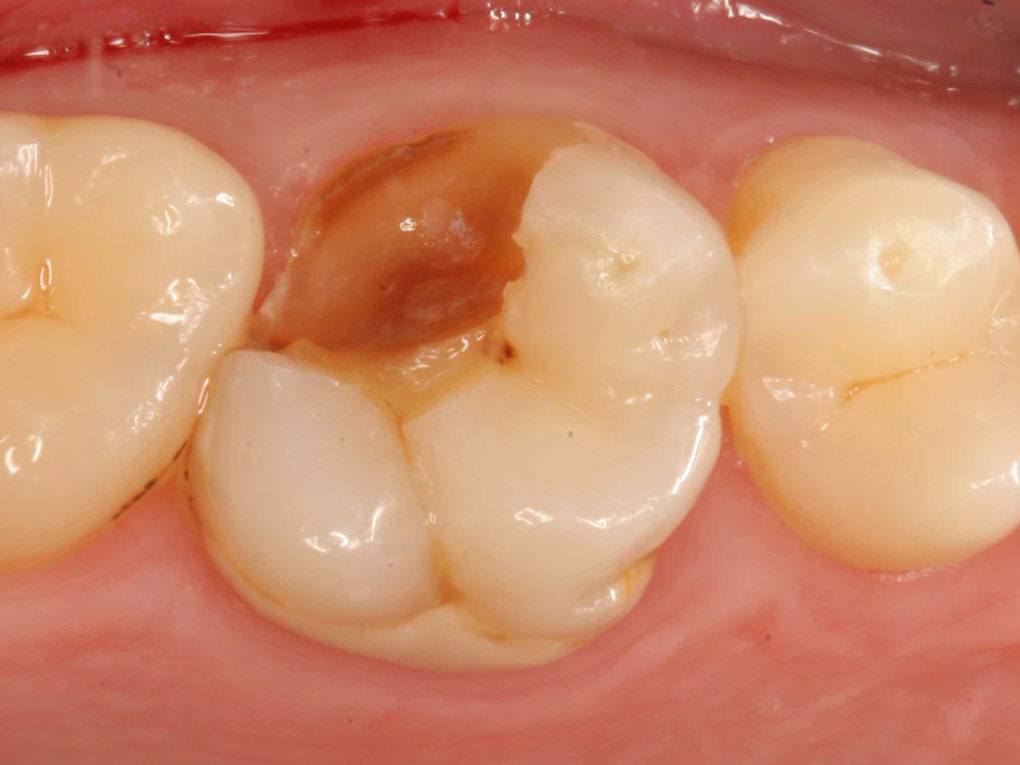Contents:
Medical Video: Screening for Hepatitis B and C
Definition
What is a hepatitis b test?
The hepatitis B virus test is a blood test that is performed to look for substances in the blood that indicate an active hepatitis B virus (HBV) or have had a similar medical history before. The test is done to find out the signs of infection (marker). Antigens are markers made by bacteria or viruses. The presence of HBV antigen in the blood means that the virus is infecting the body. Antibodies are proteins produced by the body to fight infection. The presence of HBV antibodies means that you have had contact with a virus or a history of infection in the past. However, you may have been infected in the past and have recovered from infection, or have just contracted an infection.
Genetic material (DNA) from HBV shows the presence of viruses in the body. The amount of DNA can help determine how severe the infection is and how easily it spreads. It is important to identify the type of hepatitis virus that causes infection to prevent the spread as early as possible and choose the therapy that is best for you.
The test used as a follow-up after the initial test shows HBV:
Anti-hepatitis B core (anti-HBc), IgM
- detect only IgM antibodies to core hepatitis B antigens
- used to detect acute infections; sometimes also present in chronic infections
Hepatitis B e-antigen (HBeAG)
- detect proteins that are produced and released into the blood
- often used as a marker of the ability to spread viruses to others (infectivity); Also used to monitor the effectiveness of therapy. However, there are several types of HBV that do not produce e-antigens; this is common in the Middle East and Asia. In areas where this type of HBV strain is quite common, HBeAg testing will not be useful to determine whether the virus is susceptible to spread or not
Anti-hepatitis B e antibody (Anti-HBe)
- detect antibodies produced by the body in response to hepatitis B "e" antigens
- used to monitor acute infection in patients who have recovered from acute HBV infection; anti-HBe will be present along with anti-HBc and anti-HBs
Hepatitis B viral DNA
- detect HBV genetic material in the blood
- Positive test results indicate that the virus multiplies in the body and the affected patient is susceptible to transmitting the infection. This test is often used to monitor the effectiveness of antiviral therapy in people with chronic HBV infection
Hepatitis B virus resistance mutations
- detect mutations in viruses that cause infection in someone that results in the virus becoming resistant (reverse transcriptase inhibitors)
- help to choose therapies that are considered appropriate, especially for people who have previously undergone therapy or who do not respond to therapy
When do I need to get a hepatitis B virus test?
Hepatitis B Virus tests are performed if the doctor diagnoses the appearance of signs and symptoms of acute hepatitis to determine whether they are susceptible to infection
Prevention & warning
What should I know before undergoing a hepatitis B test?
Hepatitis D (HDV) is another virus that can cause liver infection, but only if it is accompanied by the presence of HBV. An individual can be infected with both viruses at the same time (co-infection) or first contract HBV which is then followed by HDV (superinfection). In the US, the incidence of HDV is fairly low. There is no vaccine for HDV, but because the infection only appears if coupled with the presence of HBV, infection can be prevented with the HBV vaccine.
Process
What should I do before I get a hepatitis B test?
There is no special preparation ahead of the Hepatitis B Virus test, except consulting with your doctor.
What is the hepatitis B test process?
The medical personnel who are in charge of taking your blood will take the following steps:
- wrap an elastic belt around your upper arm to stop the blood flow. This makes the blood vessels under the bond enlarge making it easier to inject needles into the vessels
- clean the part to be injected with alcohol
- inject a needle into a vein. More than one needle may be needed.
- attach the tube to the syringe to fill it with blood
- remove the ties from your arms when taking blood is enough
- attach gauze or cotton to the injected part, after the injection is finished
- put pressure on that part and then put on the tape
What should I do after I have a hepatitis B test?
You won't feel anything from the injection, or you can feel a slight sting like pinching. You can return home and do normal activities as before after the blood test is over. Your doctor will contact or schedule you regarding taking test results and discussions. Results can be received 5-7 days.
Explanation of Test Results
What do the test results mean?
| Initial Test | Follow-up | Possible Interpretation / Infection Stage | |||||
| Hep B surface antigen (HBsAg) | Hep B surface antibody (Anti-HBs) | Hep B core antibody Total (Anti-HBc IgG + IgM) | Hep B core antibody (Anti-HBc IgM) | Hep B e antigen (HBeAg) * | Hep B e antibody (Anti-HBe) | HBV DNA | |
| Negative | Negative | Negative | Are not done | Are not done | Are not done | Are not done | Inactivity or history of infection; not immune — a good candidate to receive a vaccine; maybe in the incubation stage |
| Negative | Positive | Negative | Are not done | Are not done | Are not done | Are not done | Immune due to vaccines |
| Negative | Positive | Positive | Are not done | Are not done | Are not done | Are not done | The infection does not appear (recovery stage), the virus has left the body; immunity due to natural infection. However, if immunosuppressed, the virus can be active again |
| Positive | Negative | Positive or negative | Positive or negative | Positive | Negative | Detected or not detected | Acute infection, usually followed by symptoms; possible spread of chronic infection |
| Negative | Negative | Positive | Positive | Negative* | Positive | Not detected | Acute infections are in the recovery phase |
| Positive | Negative | Positive | Negative | Positive | Negative | Detected | Generally indicative of chronic active infection (possible liver damage) |
| Positive | Negative | Positive | Negative | Negative* | Positive | Low levels detected or undetectable | Chronic infection with a risk of low-stage liver damage |
* Note: There are several types of HBV strains that do not produce e-antigens. This is common in the Middle East and Asia. In areas where this type of HBV strain is quite common, HBeAg testing will not be useful to determine whether the virus is susceptible to spread or not. In this case, negative HBeAg results do not always indicate that the antigen is not present or that the individual is not susceptible to spreading infection; maybe the individual is infected with a strain of virus that doesn't produce e-antigen.
Monitor therapy for chronic infections
If the results of the initial test and follow-up indicate that the individual is infected with HBV, then the individual may be treated with drugs and their effectiveness can be monitored using tests for HBe antigen and HBV antibody and DNA.
If HBeAg becomes negative and anti-HBe becomes positive during therapy, this usually indicates that the test is effective and the therapy can be stopped after an additional 6-12 months.
Measurement of HBV DNA will measure the amount of virus contained in the blood. High yield means that the active virus multiplies and the therapy is considered ineffective. Results that are low or that are reported to fall below the average limit (undetectable) means that the virus is not present in the blood or is present at very low levels that cannot be detected. Generally this indicates that therapy is effective.
Hello Health Group does not provide medical advice, diagnosis or treatment.











